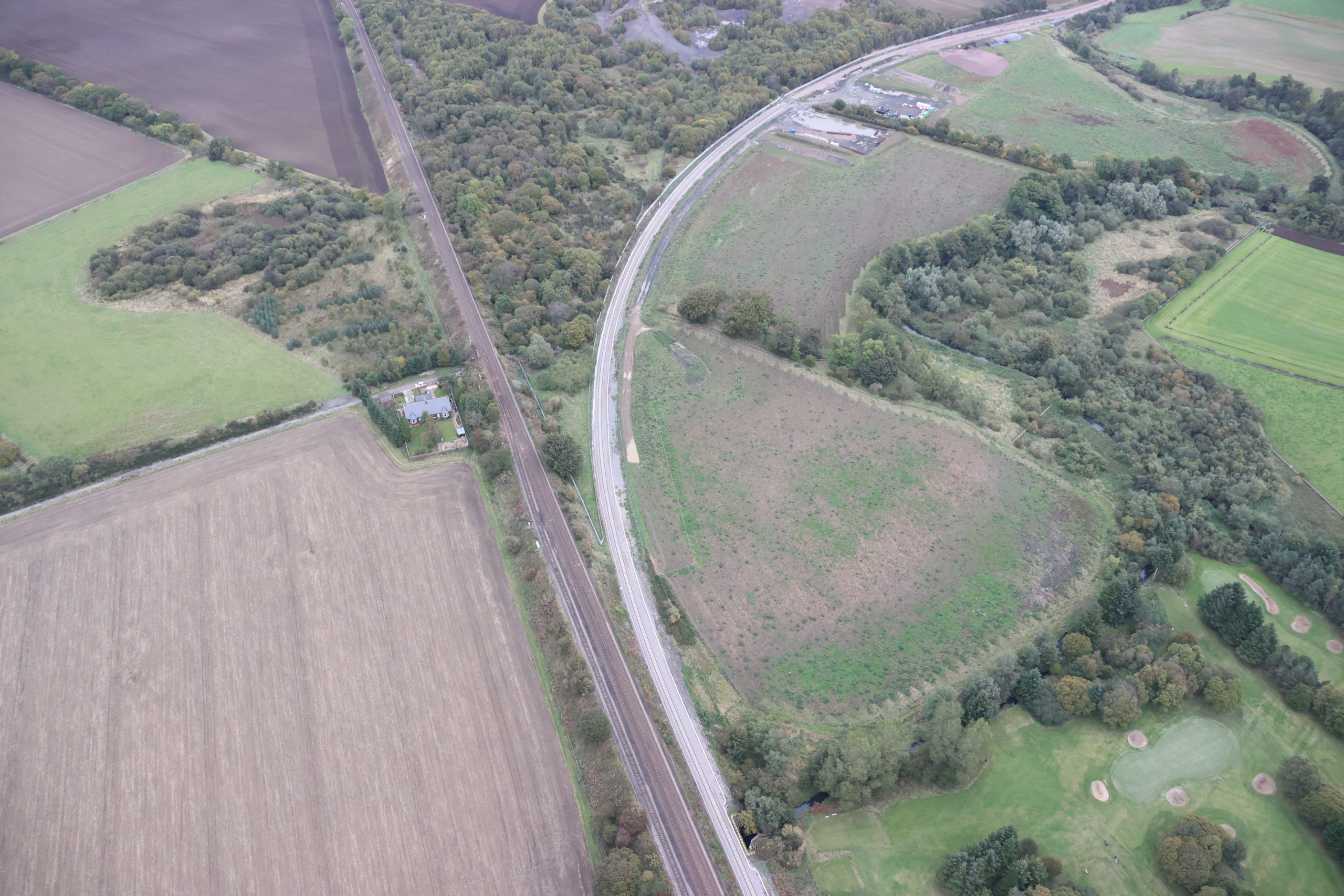
WORK to lay the foundations that will pave the way for the electrification of the £116 million Levenmouth rail link is to get underway.
The first phase of work between Thornton Junction and Haugh Mill Lade will see the project pile foundations for masts that will carry overhead wires in readiness for the introduction of quieter and more environmentally friendly electric trains.
Network Rail said work to install the piles will commence on October 24 and will last for circa three weeks as the first piles are inserted to the west of the rail corridor – mostly during daytime working. One night of overnight piling will be required for locations closest to Thornton Junction and this is scheduled for October 29.
The organisation added that further piling along the Levenmouth rail corridor is being programmed so that it works in tandem with other works on the project – such as bridge work and track laying.
Work on the Levenmouth rail link is scheduled to complete in spring 2024 and services will initially be in introduced using diesel trains, Network Rail said. It added that, by this point, the line will be ‘future-proofed’ to enable the introduction of battery electric multiple units (BEMUs) to replace life-expired diesel units which will be phased out on completion of the wider Fife electrification project.
Sean Clemie, earthworks and structures lead for the project, said, “The first piles going into the ground in the Thornton area is big for the project but also an important milestone for the wider aspirations to decarbonise the railway across Fife.
“With the first mile of the Leven branch already operational railway, we can use this to move the track-based piling rig to each location to sink the foundations and then insert the masts that will ultimately carry the overhead wires that will power the railway.
“The start of this phase of work is another sign that the project is really taking shape. It’s an exciting step forward for the team as we work towards delivering an electrified railway for Levenmouth and in creating an even greener, cleaner, and more reliable railway for Scotland.’’











